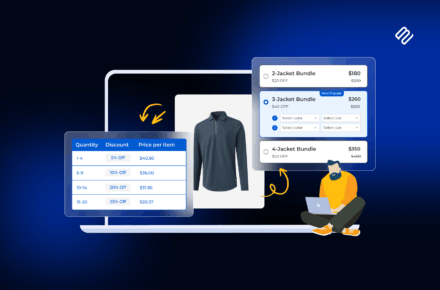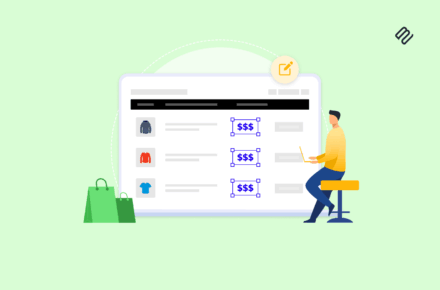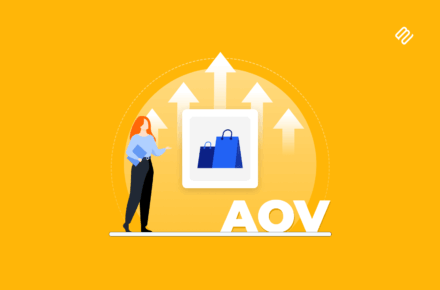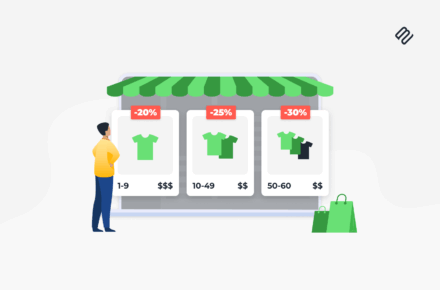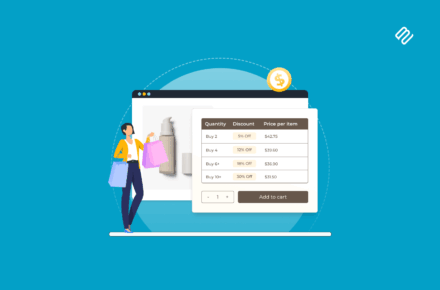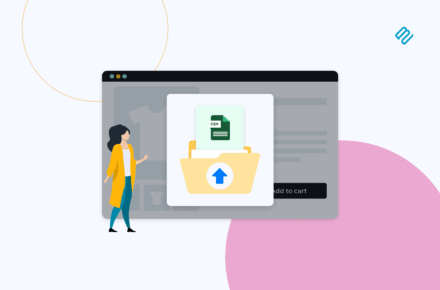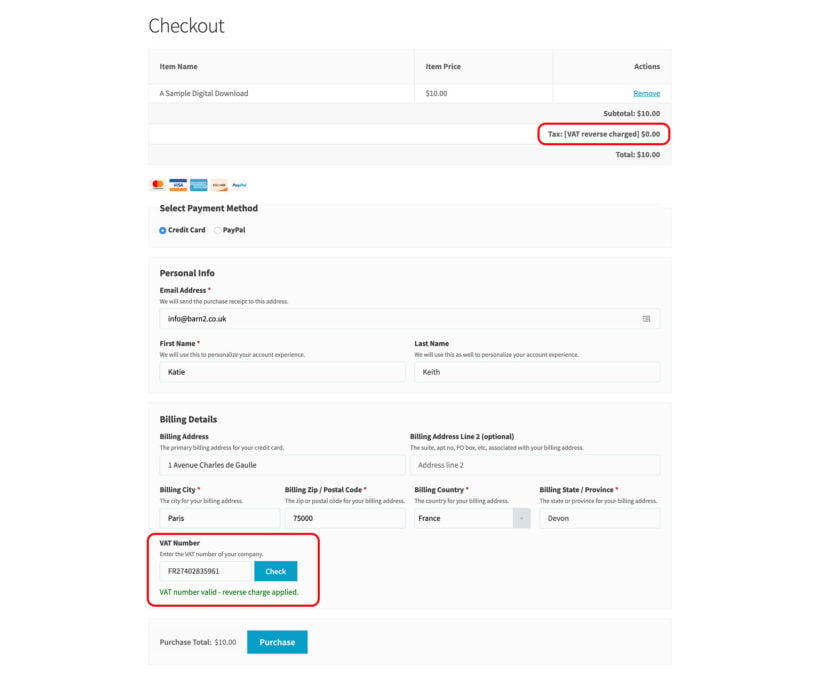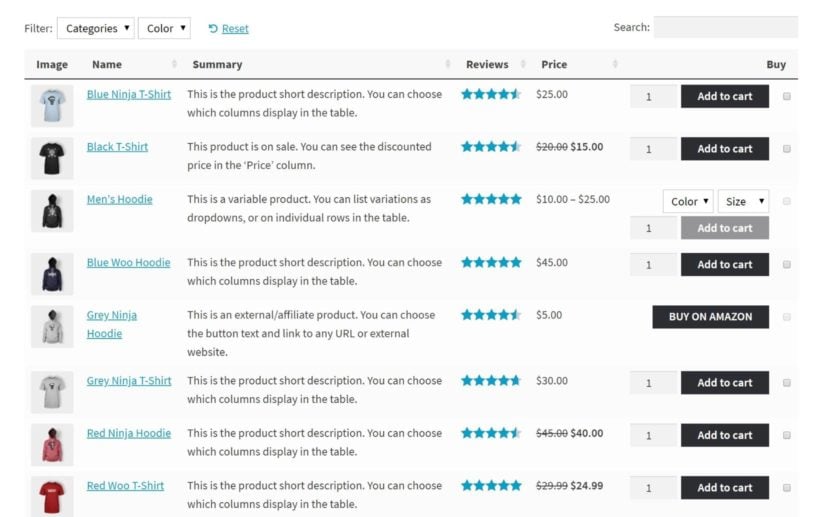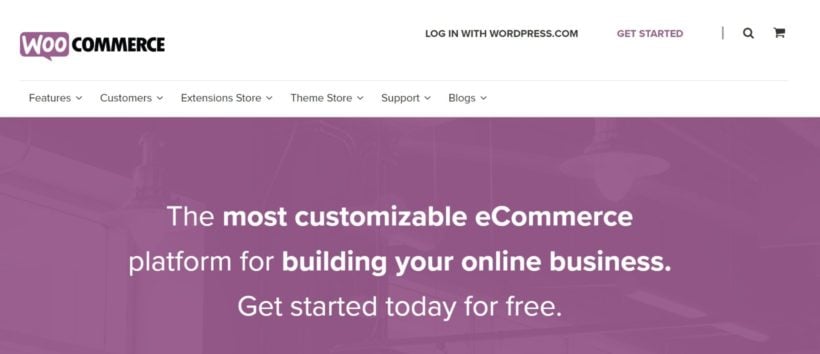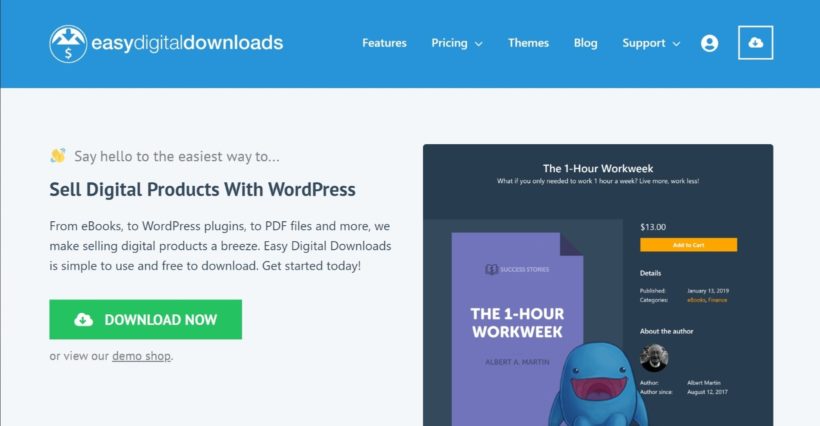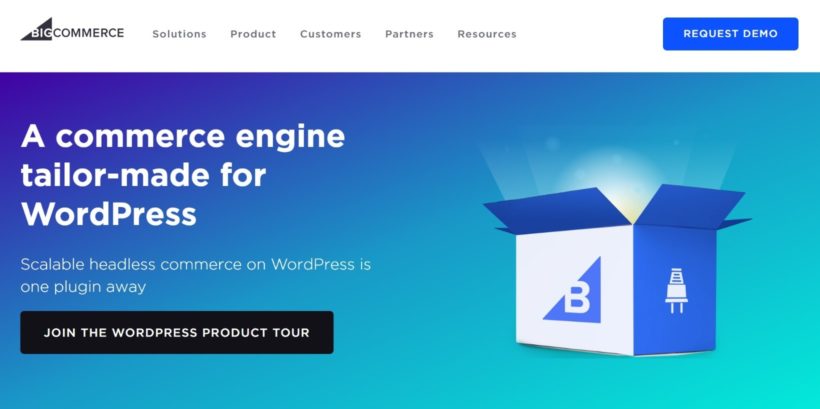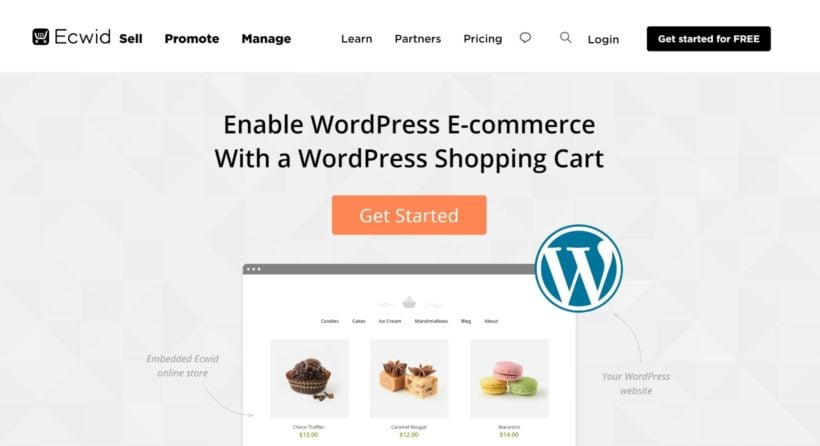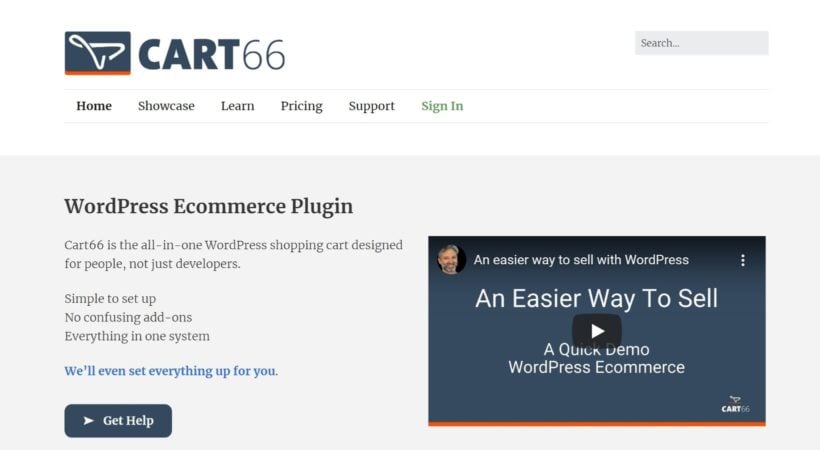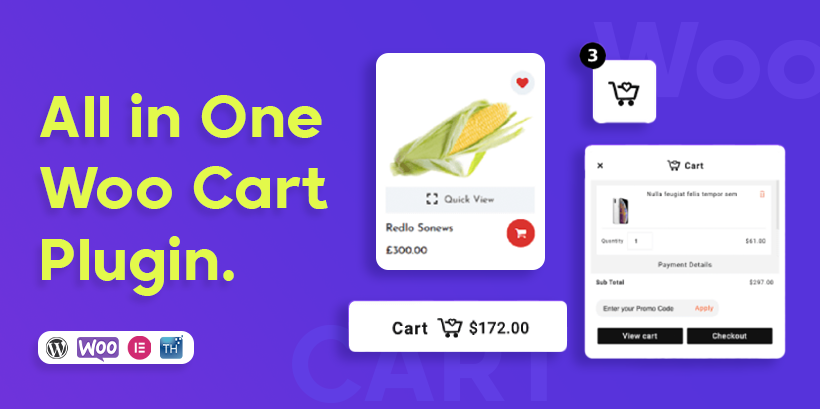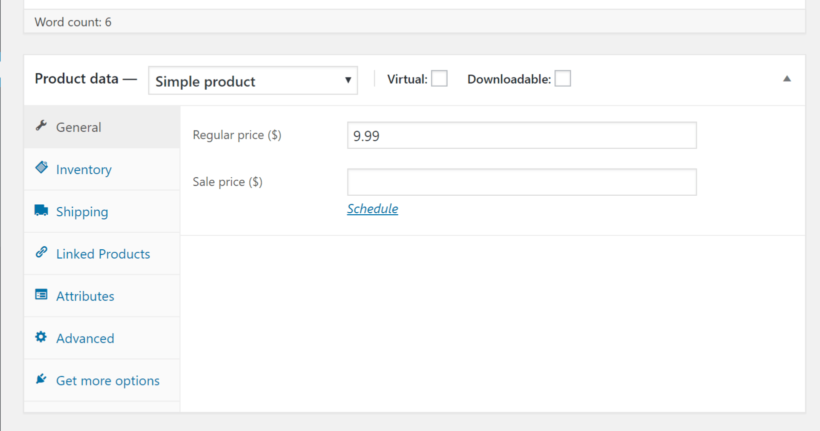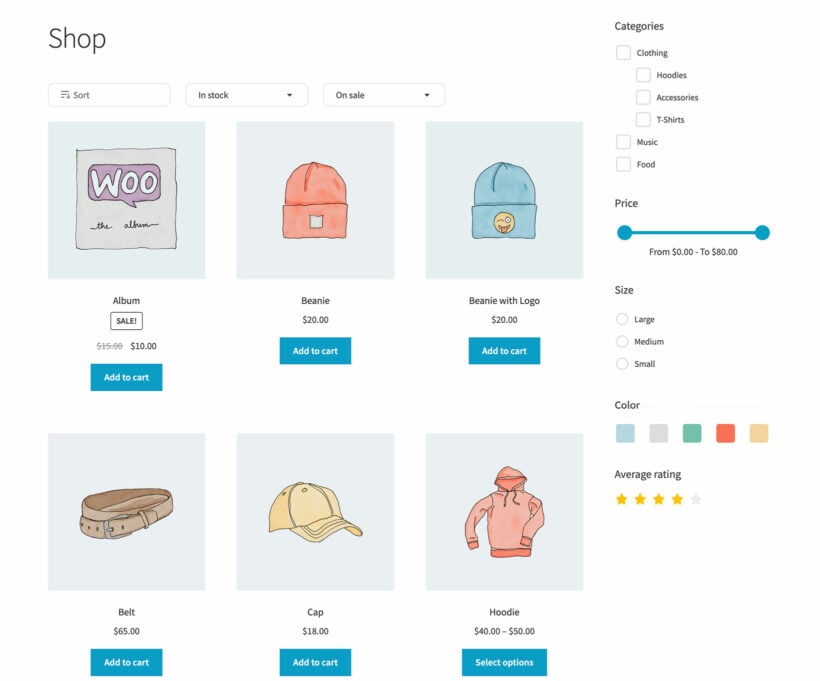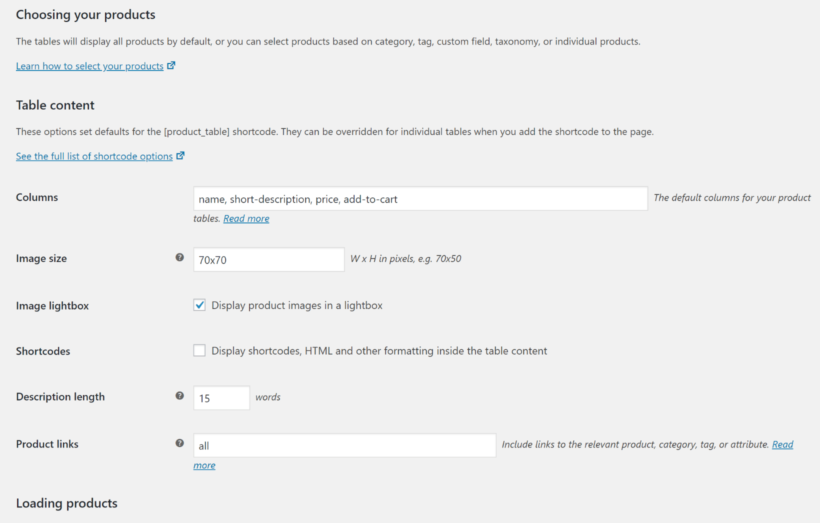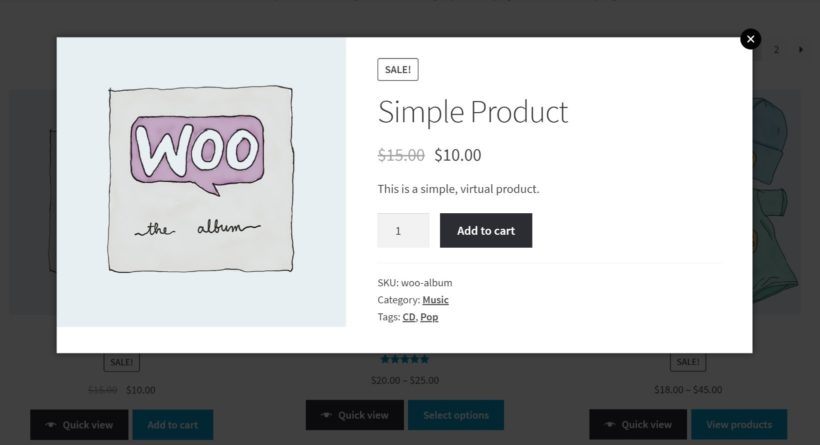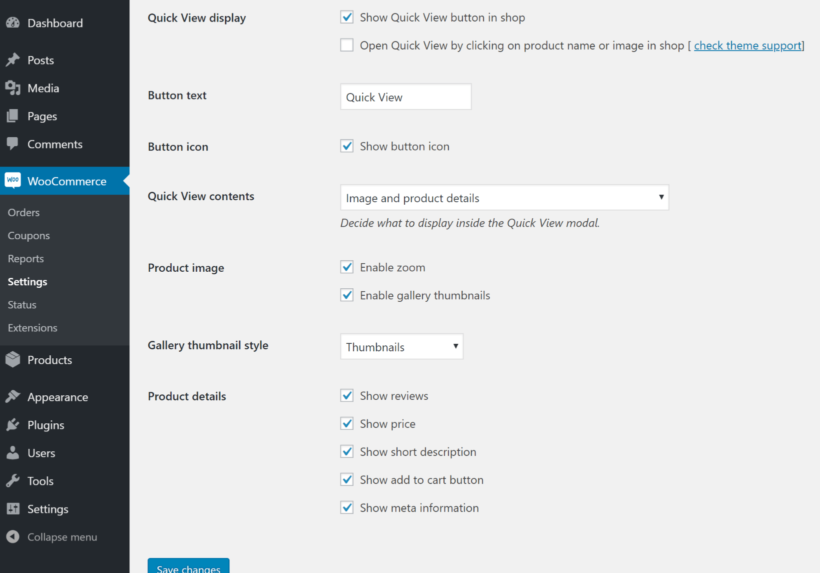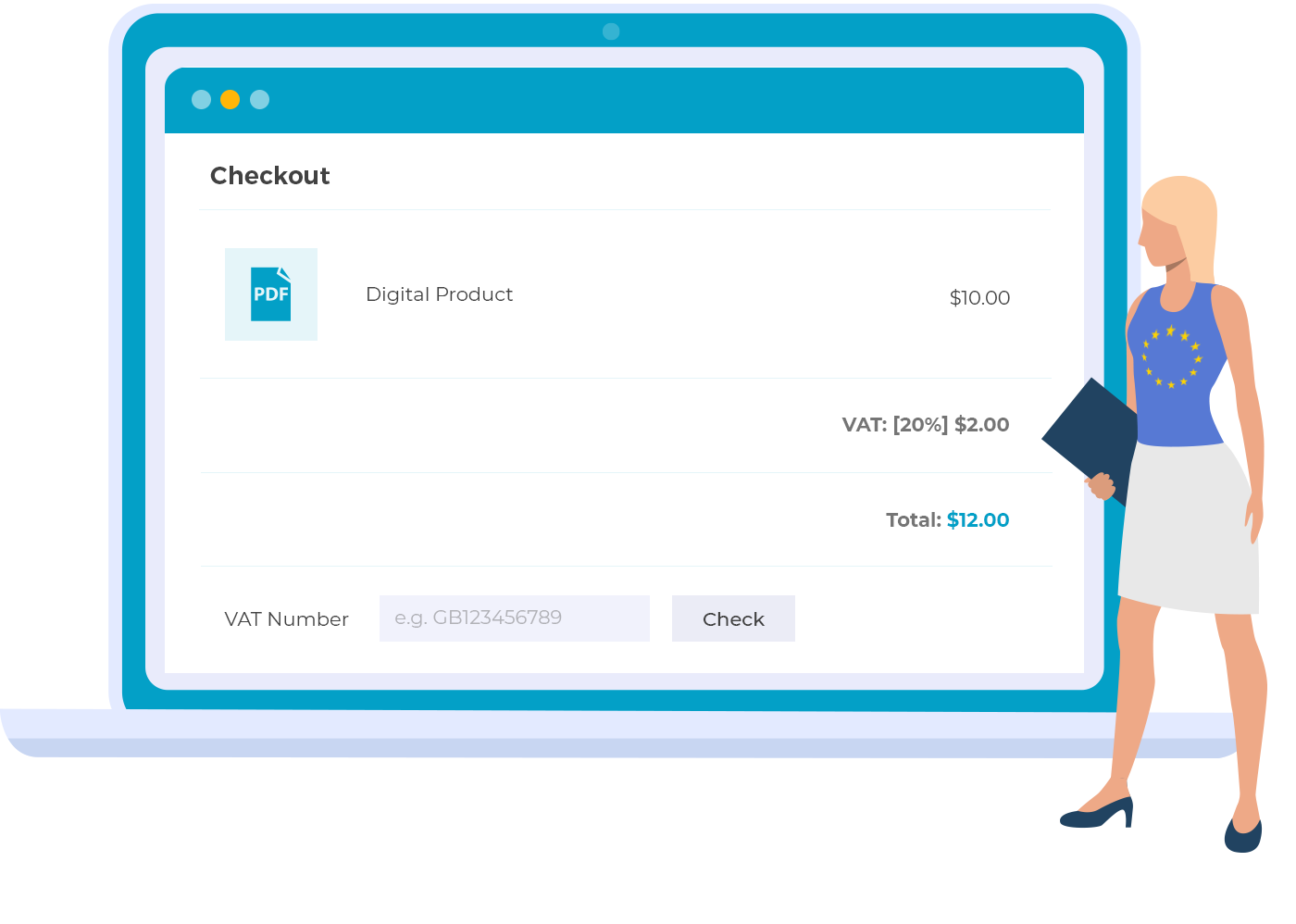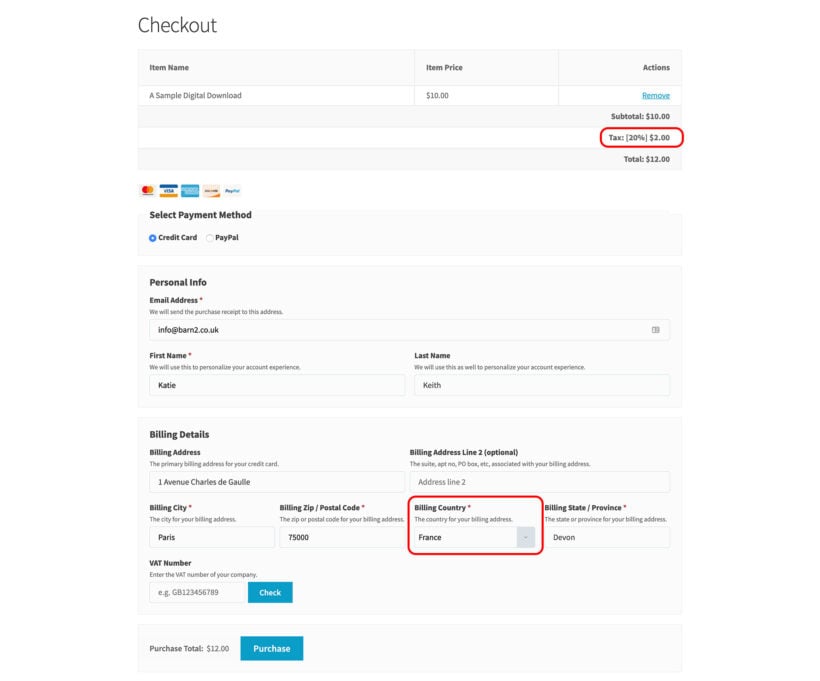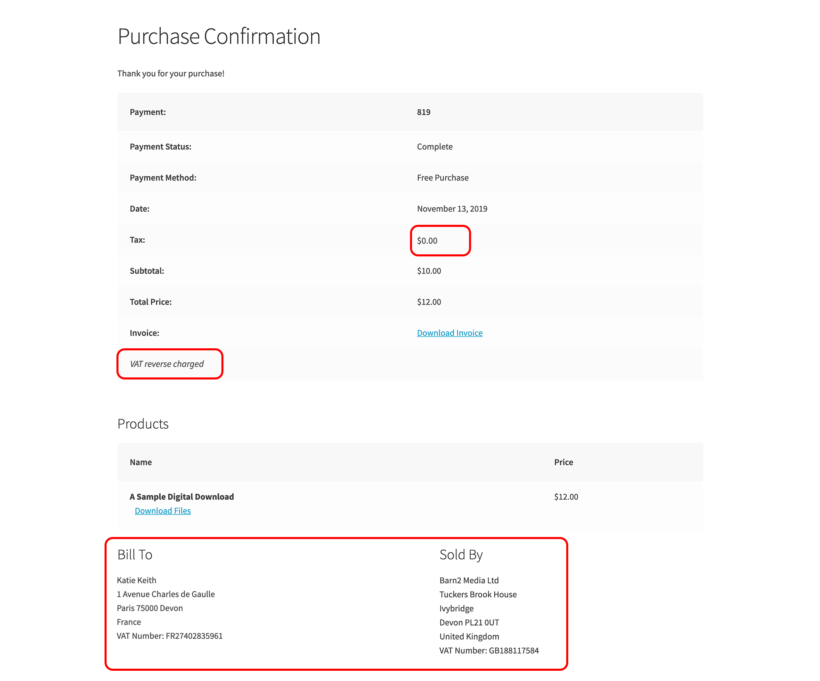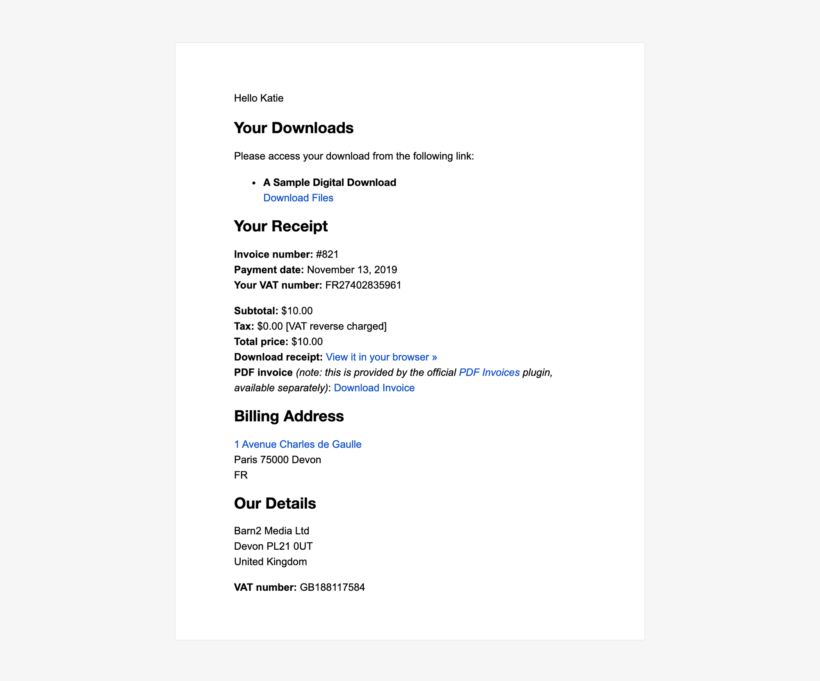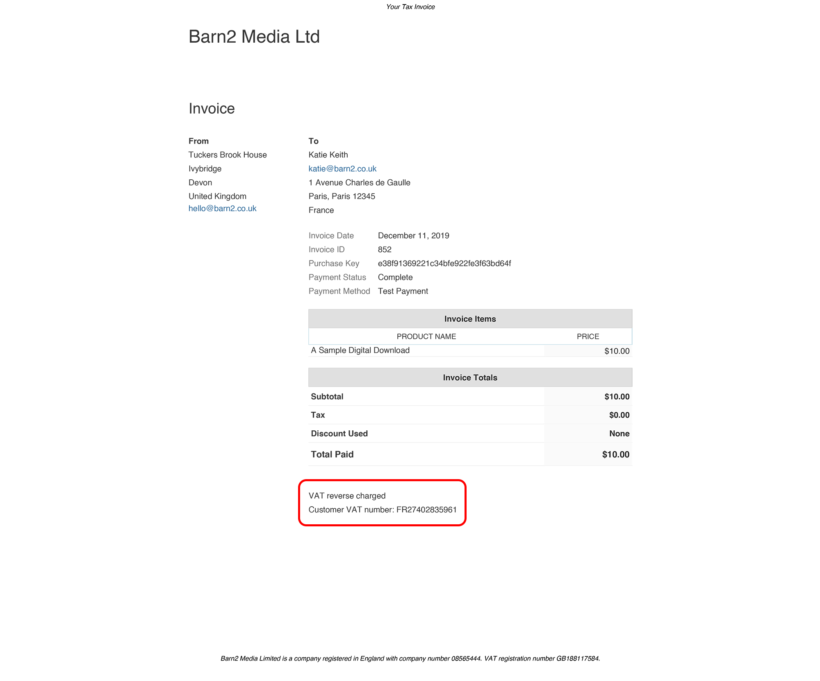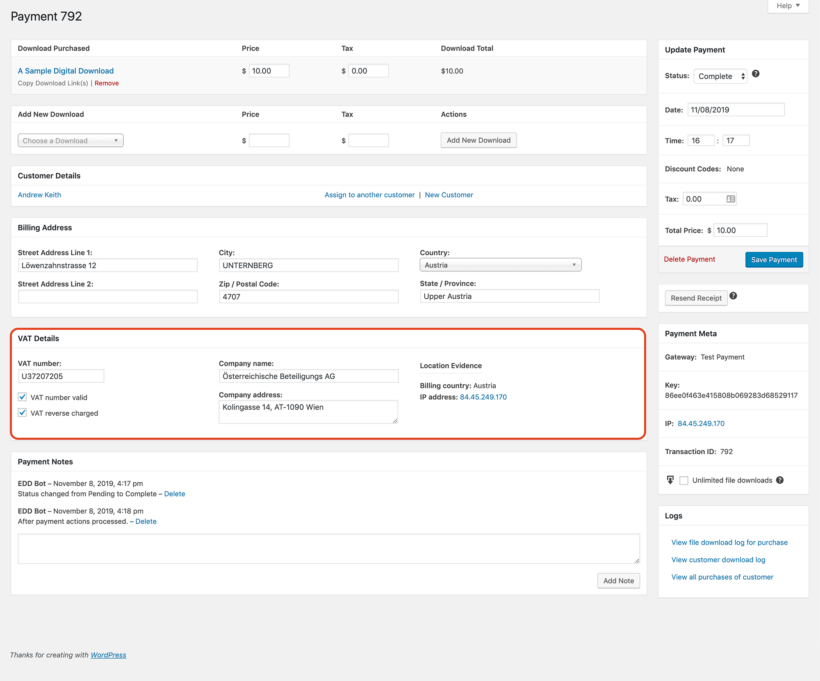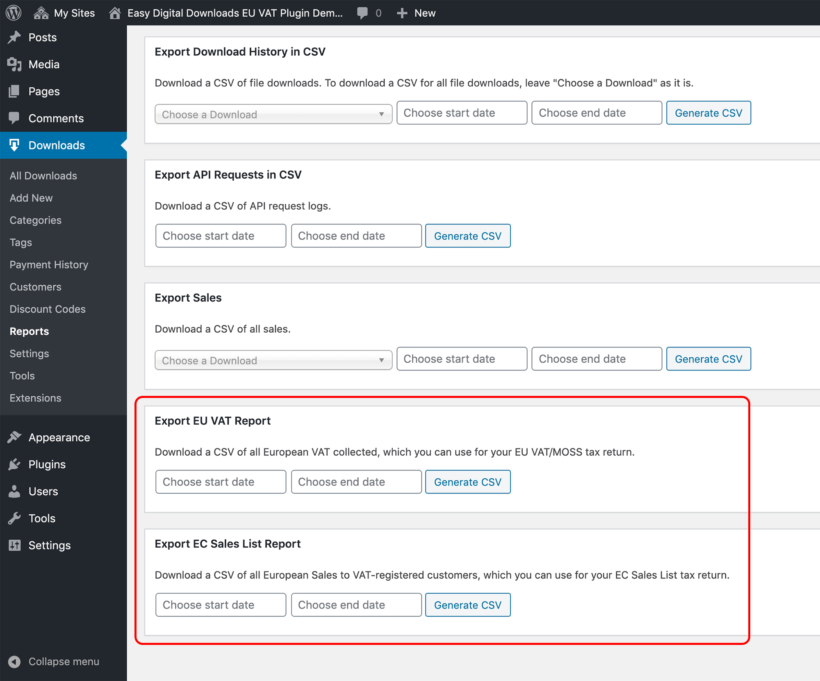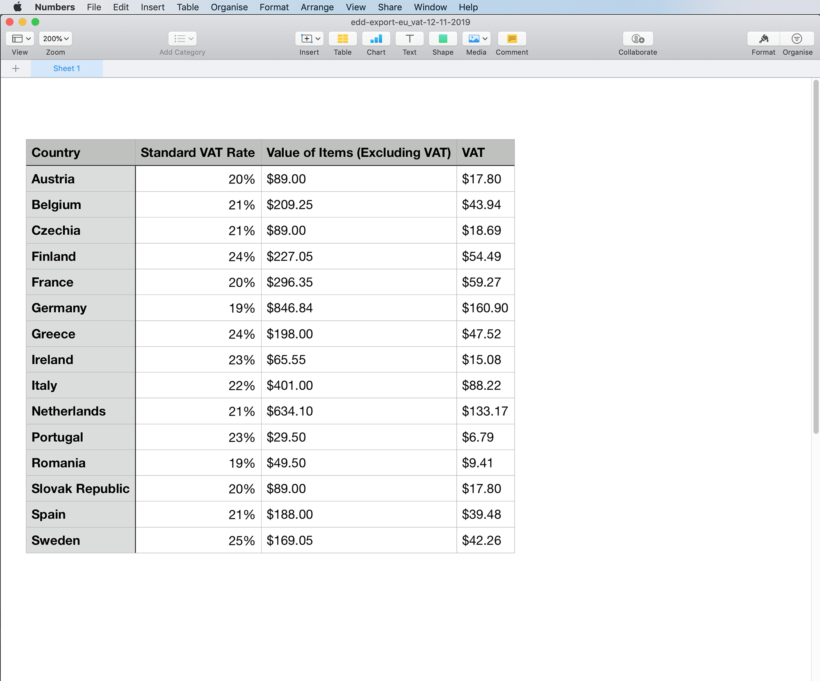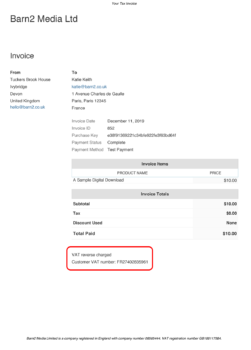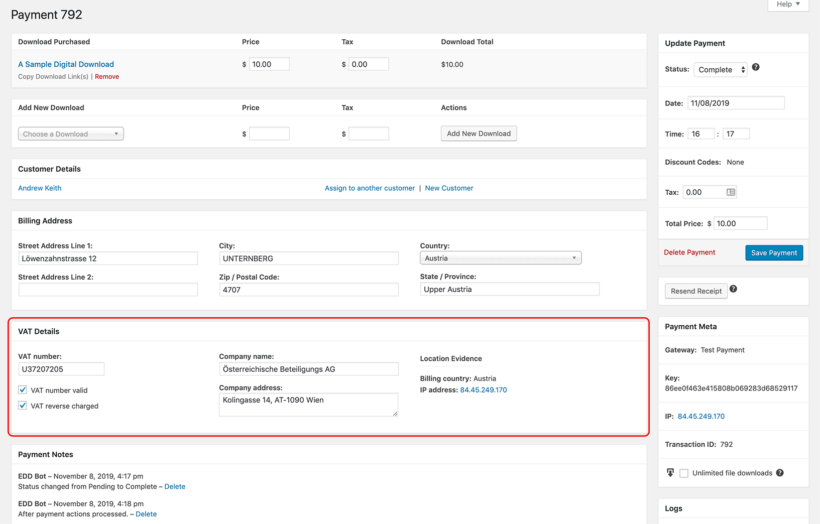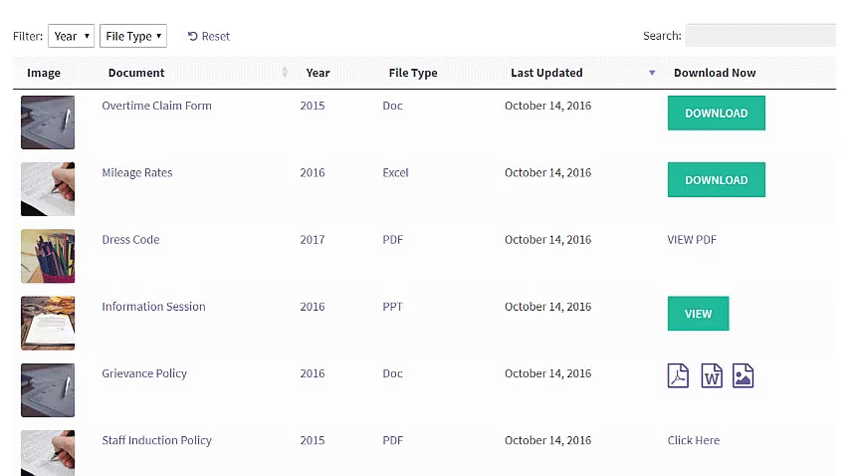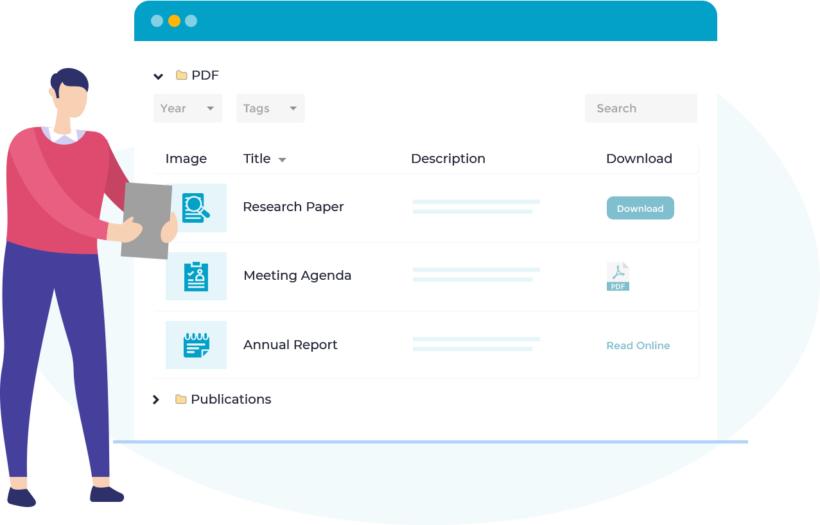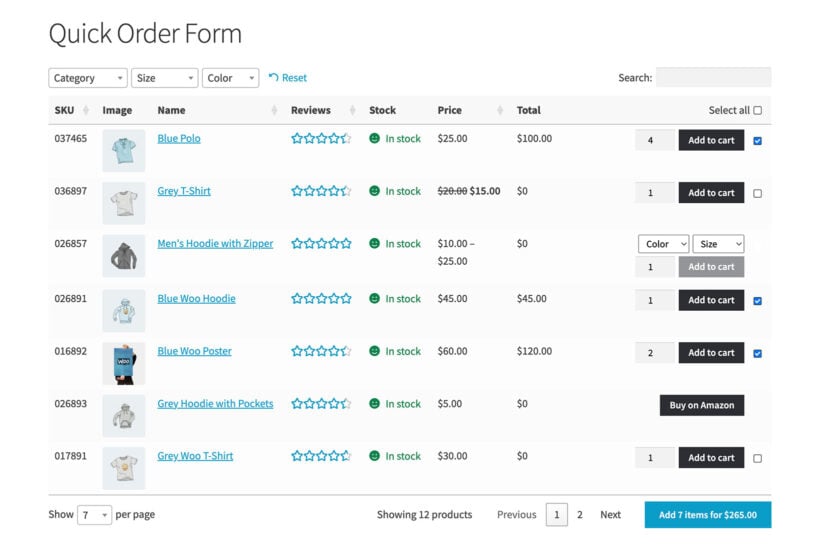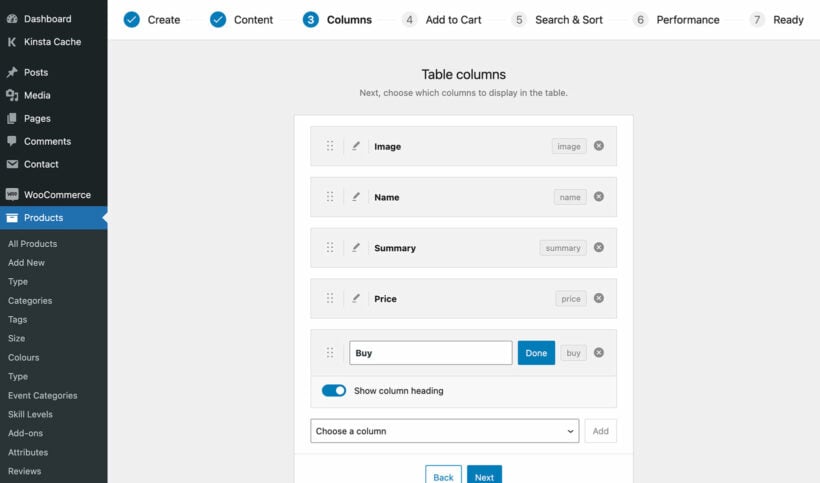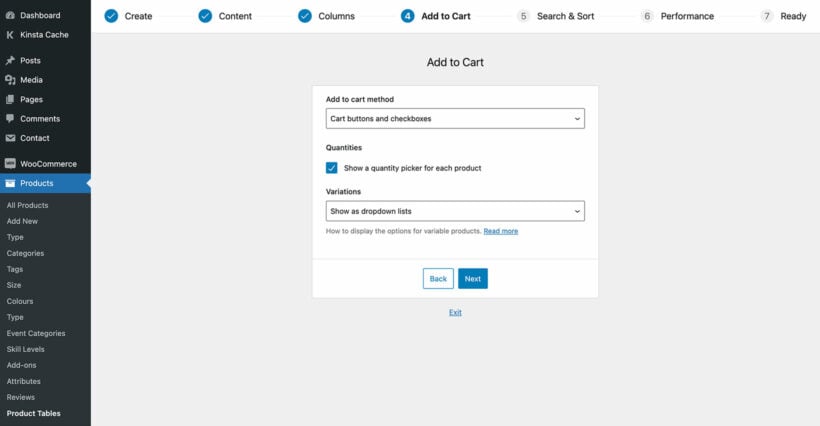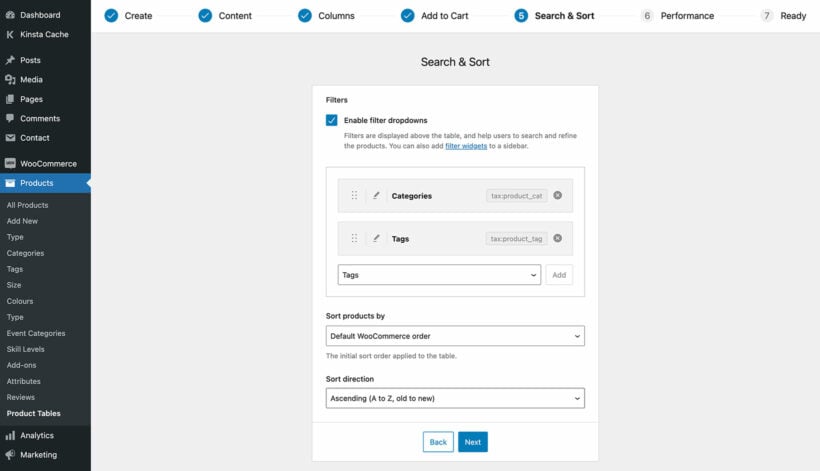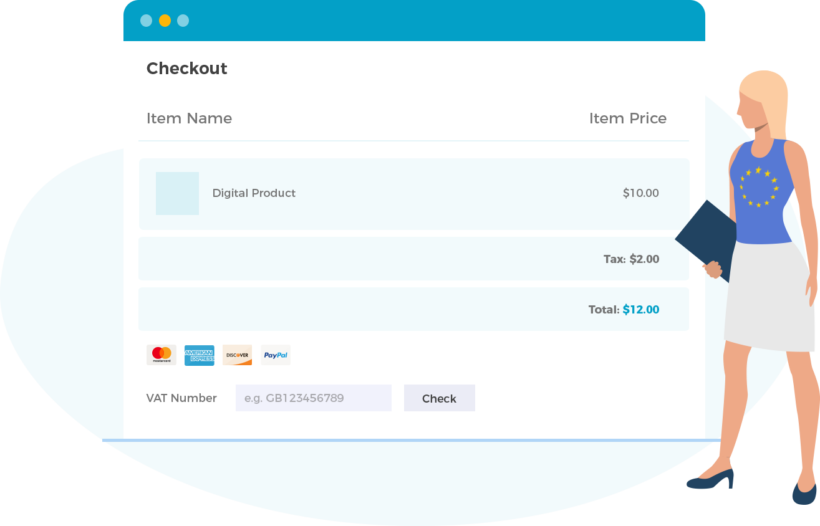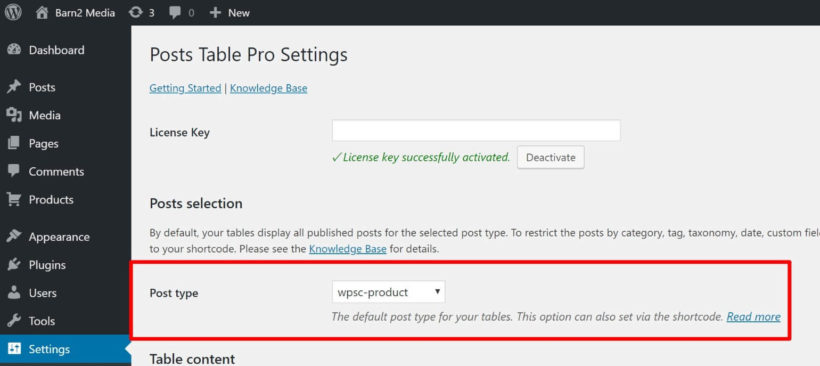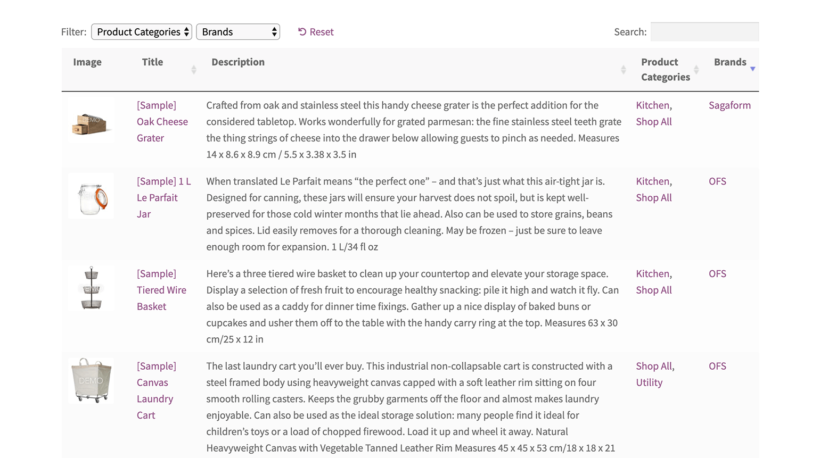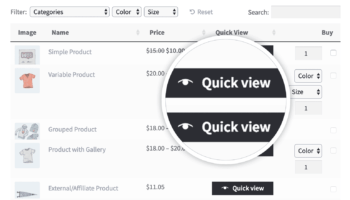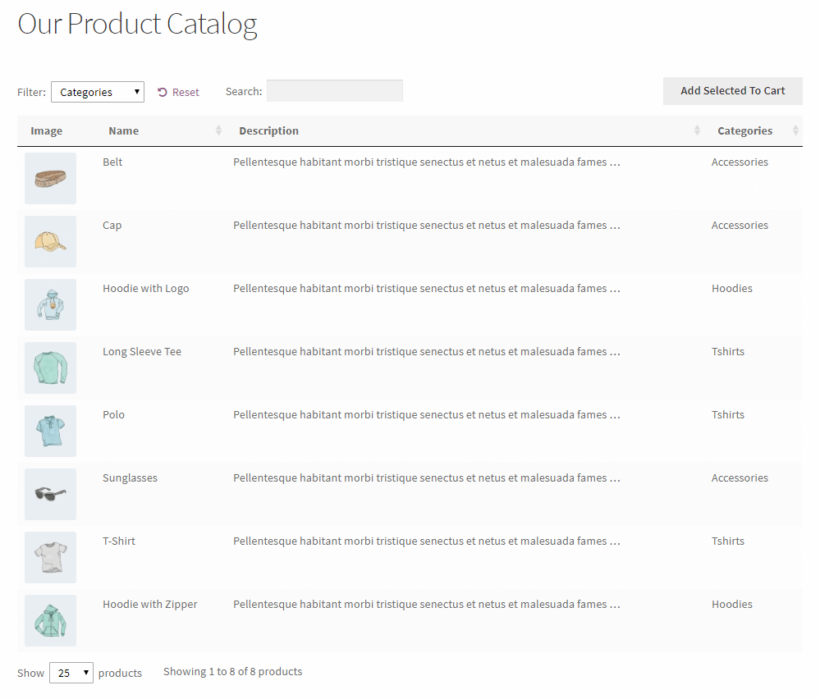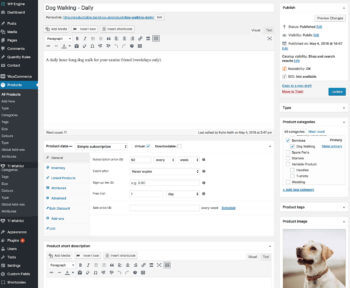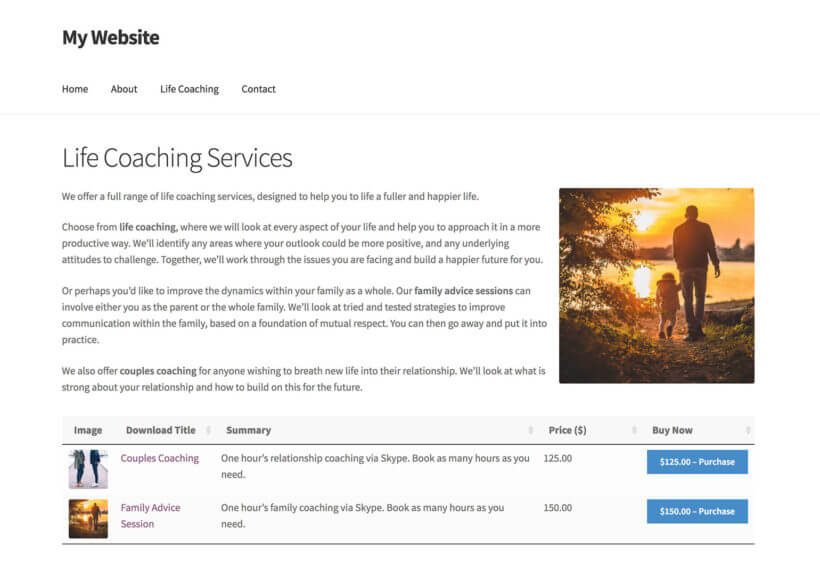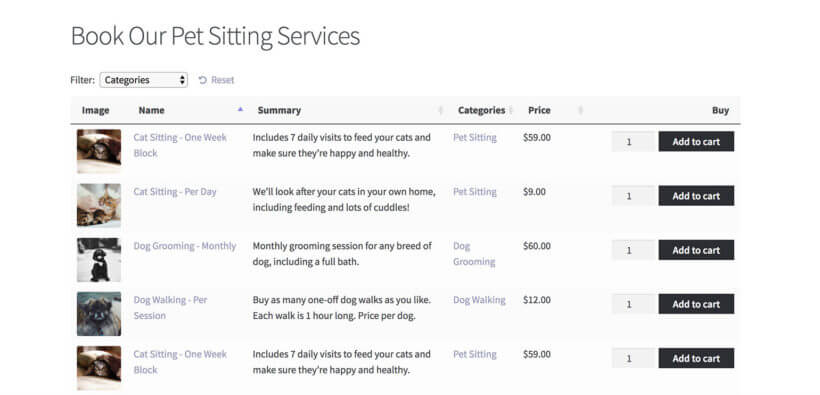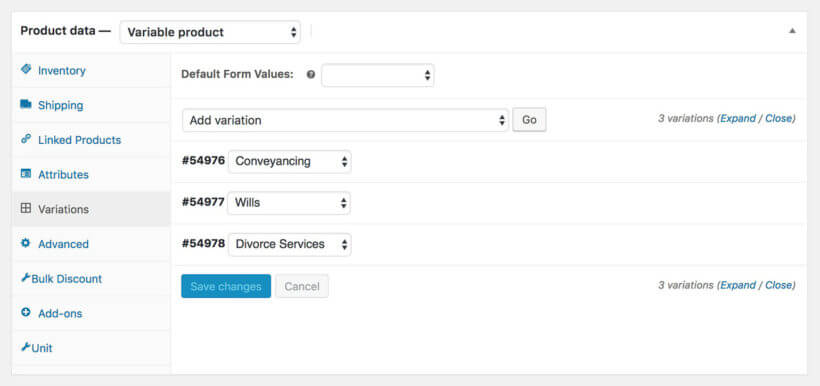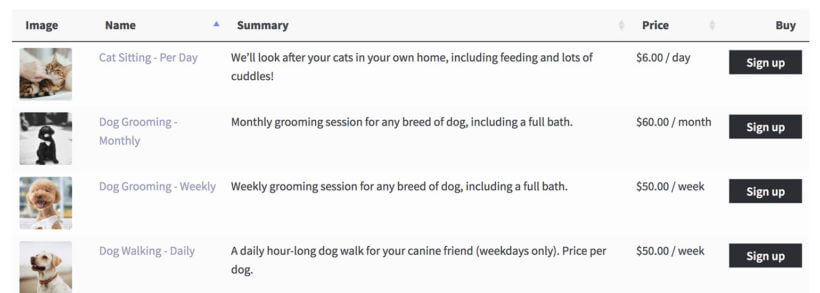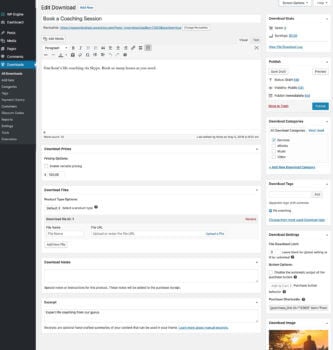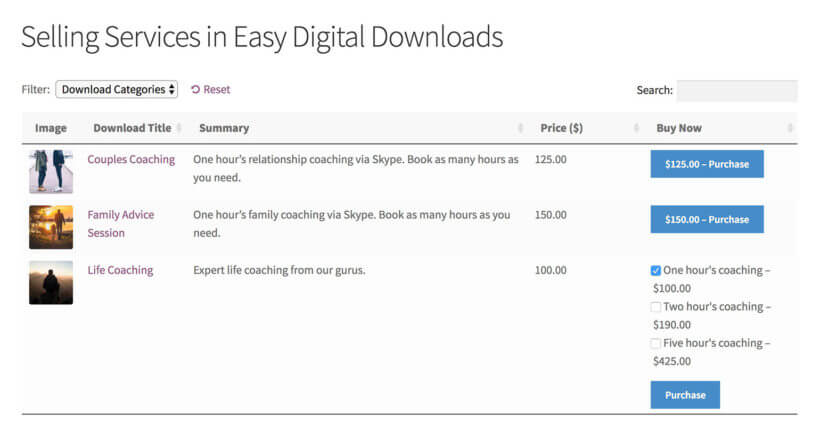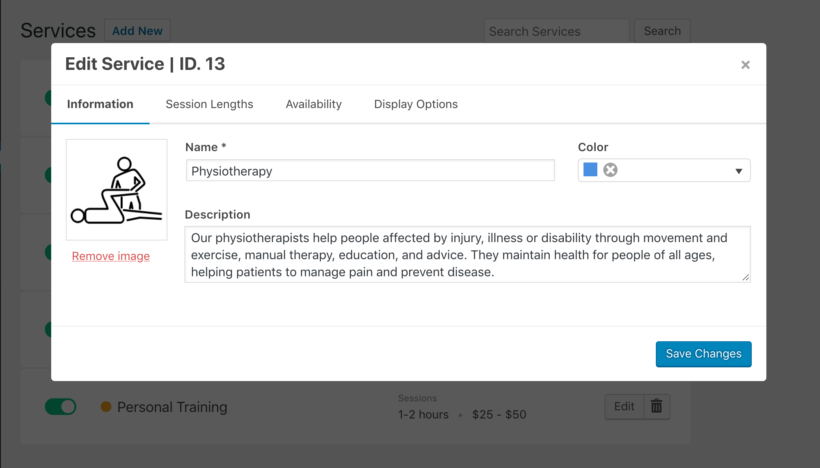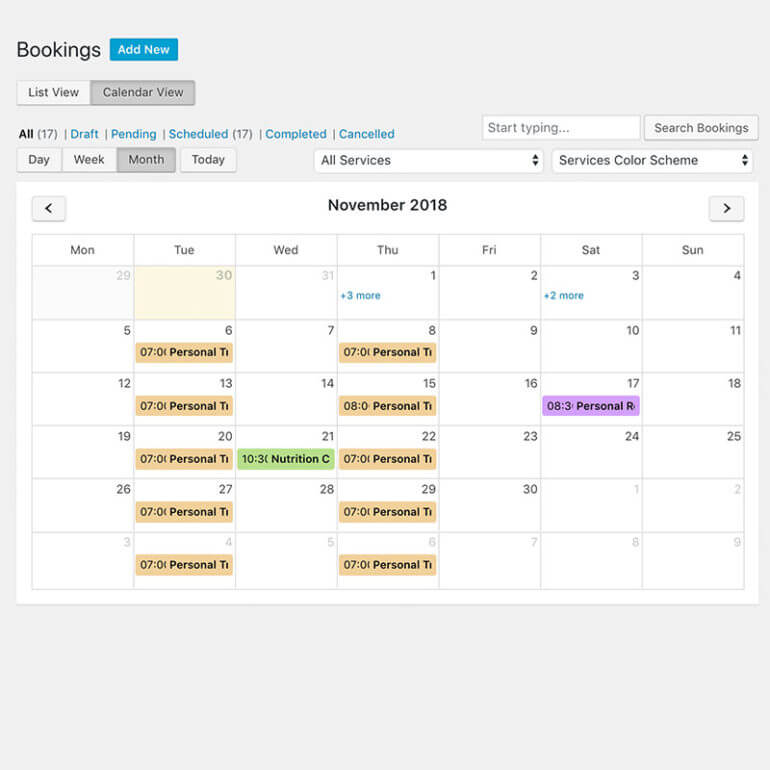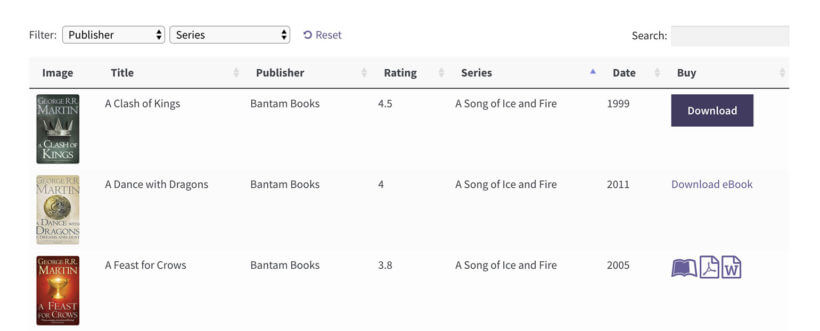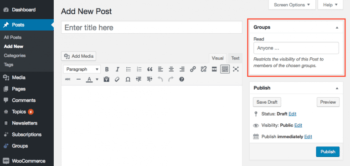
If you use our Easy Digital Downloads EU VAT plugin to charge VAT to your European customers, then you're probably wondering what happens now the UK has left the EU.
Brexit has caused a lot of uncertainty since Britain voted 'Leave' in 2016. A trade deal has finally been agreed, and it is now time for companies to start planning the changes to meet the new requirements.
This is our current understanding of how Brexit will affect our customers, and what you need to do about it. The below information assumes you are using our plugin, and you should read it alongside the following resources which are updated regularly:
We also recommend consulting your accountant for personalized advice on how Brexit will affect your own company.
Not using the plugin yet? Read our Complete Guide to Easy Digital Downloads EU VAT.
What do I need to change?
The impact of Brexit on your VAT situation depends on where your company and customers are based.
UK companies
If your company is based in the UK then you must:
- Continue charging UK VAT on digital products to businesses and consumers in the UK. This falls under domestic UK tax law rather than EU law, so nothing changes.
- Continue charging the appropriate rate of EU VAT on digital products to consumers in the EU. This will continue after Brexit because EU law is about the customer's location rather than yours. If they have a valid VAT number then they can have the tax reverse charged (which they can enter on the Easy Digital Downloads checkout when you're using our plugin).
- Re-register for EU VAT. If you previously registered for the UK MOSS scheme then this will cease to exist. Instead, you should either:
- Register for VAT in each individual EU country (not recommended for obvious reasons!), or;
- Register for the non-Union MOSS scheme in another EU country of your choice. You must do it before the 10th of the month after you start collecting EU VAT after this date. For example, if your first EU sale post-Brexit is on 15th January 2020 then you must register for a non-Union MOSS scheme by 10th February.
- Register for EU VAT even if your EU sales are less than €10,000. When the UK was part of the EU, there was a threshold of €10,000 so that you only needed to collect EU VAT if your sales to EU countries were more than this amount. Now the UK has left the EU, there is no minimum threshold.
If you decide to register for the non-Union MOSS scheme in another EU country, then we generally recommend the Republic of Ireland because they have the same language as the UK. This is how to register for MOSS in Ireland:
- Go to this page on the Ireland Tax and Customs website.
- Scroll down to the 'Non-Union MOSS scheme registration' section and click on the link to the the MOSS registration portal.
- Click 'Register' on the next page. This will open a registration form for Ireland's MOSS scheme.
- Enter the required information, including your company details and UK VAT number. You might need to ask your bank for the international Account Number / IBAN and BIC / Swift Code for your UK bank account.
Companies based in the EU
If your company is based in an EU country (i.e. not the UK), then you must:
- Sales to the UK:
- Continue charging UK VAT on digital products to businesses and consumers in the UK. This is because while the UK has left the EU, our understanding is that the UK is adopting the 'place of supply' rules into UK law. This means that you must charge UK VAT to consumers based in the UK even if you are outside the UK. For more information, please see this link. Also see the below section about reverse charging VAT.
- Register for UK VAT. The UK will no longer be part of the EU's MOSS scheme which provides a central point for VAT reporting and collection. As a result, if you are continuing to sell digital products to UK consumers then you must register for UK VAT. From 1st January 2021, you will need to submit quarterly reports of the UK VAT that you collected in the previous quarter, and pay the relevant amount to the UK.
- Sales to the EU:
- Continue charging the appropriate rate of EU VAT on digital products to consumers in the EU. If they have a valid VAT number (which they can enter on the Easy Digital Downloads checkout when you're using our plugin) then they can have the tax reverse charged.
Companies based outside the EU
If your company is based outside the EU - for example the US or Australia - then you must:
- Sales to the UK:
- Continue charging UK VAT on digital products to businesses and consumers in the UK. This is because while the UK has left the EU, our understanding is that the UK is adopting the 'place of supply' rules into UK law. This means that you must charge UK VAT to consumers based in the UK even if you are outside the UK and EU. For more information, please see this link. Also see the below section about reverse charging VAT.
- Register for UK VAT. The UK will no longer be part of the EU's MOSS scheme which provides a central point for VAT reporting and collection. As a result, if you are continuing to sell digital products to UK consumers then you must register for UK VAT - and there is no minimum threshold. From 1st January 2021, you will need to submit quarterly reports of the UK VAT that you collected in the previous quarter, and pay the relevant amount to the UK.
- Sales to the EU:
- Continue charging the appropriate rate of EU VAT on digital products to consumers in the EU. If they have a valid VAT number (which they can enter on the Easy Digital Downloads checkout when you're using our plugin) then they can have the tax reverse charged.
- Re-register for EU VAT. If you previously registered for the UK MOSS scheme then this will cease to exist (if you registered with a different EU state, such as France or Ireland, then you don't need to re-register). Instead, you should either:
- Register for VAT in each individual EU country (not recommended for obvious reasons!), or;
- Register for the non-Union MOSS scheme in another EU country of your choice. You must do it before the 10th of the month after you start collecting EU VAT after this date. For example, if your first EU sale post-Brexit is on 15th January 2020 then you must register for a non-Union MOSS scheme by 10th February.
What do I need to do differently after Brexit?
Charging tax
As you can see from the above, you do not need to make any changes to the EU or UK VAT that you charge your customers. As a result, you can continue using the Easy Digital Downloads EU VAT plugin to charge the correct rates to each customer, based on their location.
Reverse charge mechanism
You can continue using our plugin to allow EU businesses to enter their VAT number and have their tax reverse charged. This allows companies to prove their tax exempt status. It is fully integrated with the EU's VIES database of VAT numbers, so businesses in all EU countries can validate their VAT number.
Now the UK has left the EU, it is no longer possible for UK businesses to validate their VAT number using the VIES database. In early December 2020, the UK Government revealed its new UK VAT number validation service. Unfortunately, the service is still quite limited and is in a very early beta phase, with some teething problems. In its current state, it is extremely difficult to integrate with and there is a complex process for website owners to get approval. As a result, there is currently no straightforward way for UK businesses to validate their VAT number on the Easy Digital Downloads checkout or to have the VAT reverse charged.
We recommend speaking with your accountant about the best way for your company to allow UK businesses to reverse charge their VAT. For example:
- You can Manually check UK VAT numbers using the new system after the payment has been made, and refund the VAT they paid.
- Alternatively, the UK company should be able to reclaim the VAT paid when they submit their own UK VAT return at the end of the quarter.
Reporting
Wherever you are in the world, you will need to submit two different tax returns from January 2021:
- UK tax return - this should be submitted to the UK's HMRC and must contain details of your sales to UK customers.
- EU tax return - this should generally be submitted to the centralized MOSS service, but you can also register for each EU country and report to them individually. This must contain details of your sales to each EU country.
- (Of course, you may also have to submit a domestic tax return for your country. That's outside the scope of this article.)
Our Easy Digital Downloads EU VAT plugin provides reports listing the tax that you collected for each EU country plus the UK. The information for each country is fully itemised, and you can use it as the basis for your UK and EU tax returns.
Seeking advice
The above information reflects our current understanding of the situation after Brexit. We are not accountants and recommend that you ask your accountant to confirm your personal situation regarding what changes you need to make, as they will be experts in the tax law for your country.
Our Easy Digital Downloads EU VAT plugin aims to make the process as simple as possible for you, and we will continue improving it as the advice about Brexit is updated.
